The behavior of fish, like many living creatures, depends on the weather. Wind is the most important factor in biting. What air currents activate fishing, and under what wind the fish bite badly and when it is better for the angler to stay at home.
- Wind: what is it from the point of view of science?
- Why does the bite of fish depend on the strength of the wind
- Which wind direction does the fish bite best?
- How does the wind affect water temperature and fish bite?
- Relationship between wind, atmospheric pressure and fish appetite
- What kind of wind does the fish bite well in summer – and why such dependence?
- How does the wind affect the bite in autumn
- How does the wind affect the catch in spring – under what direction and strength does success come?
- Which wind is optimal for fishing in winter
- Поделиться ссылкой:
Wind: what is it from the point of view of science?
The Earth’s surface is heated unevenly by the Sun, there is a difference in atmospheric pressure. Warm light layers of air rush into the atmosphere, their place is taken by cold streams. These constant movements of air masses are the wind.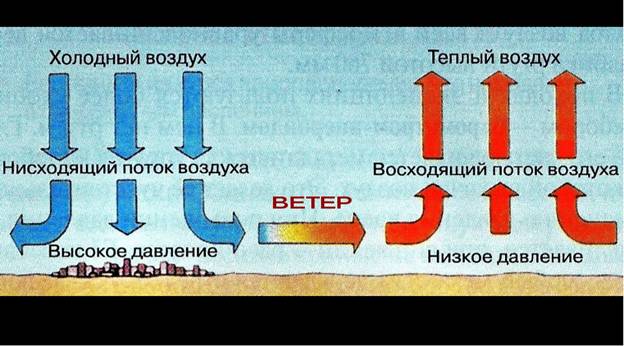
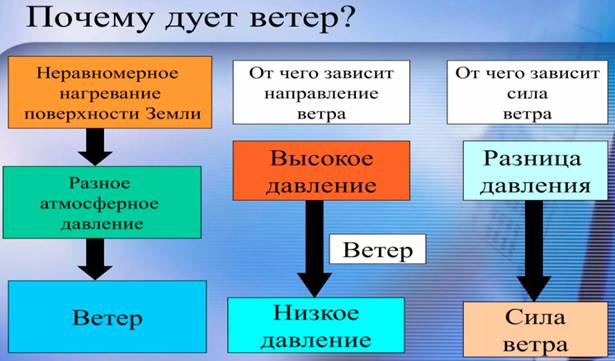
- calm;
- strong or weak;
- moderate or choppy (squally);
- stable or changeable;
- long-term or short-term.
The greater the difference between the high and low blood pressure zones, the stronger the airflow. Considering it as an influencing factor on the biting of fish, they take into account the main parameters, plus the local characteristics of the region.
Why does the bite of fish depend on the strength of the wind
The wind drives the wave, and its magnitude has both positive and negative effects on the water area and its inhabitants.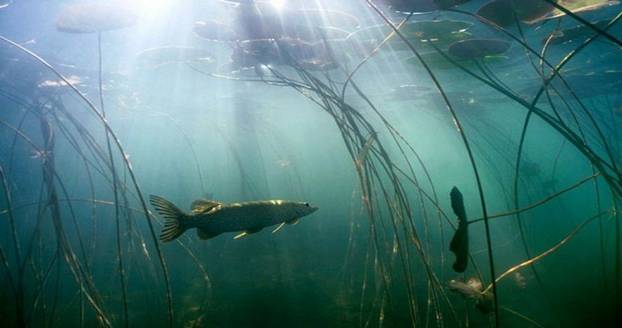
Important! Going out on the water surface with a wind force of more than 12 m / s is dangerous and useless, the fish does not bite during this period.
Gusts of wind interfere with spot feeding and casting of tackle. Usually they bring bad weather: sudden changes in atmospheric pressure, rain, hail or snow. All these factors negatively affect fishing.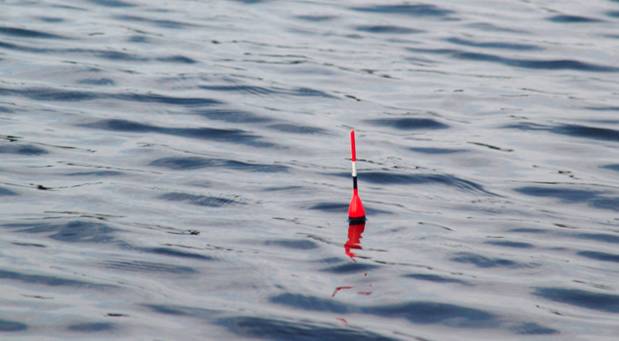
feeder or
spinning with a spoon or wobbler). Full calm will delight fishermen in the evening, night hours, in the morning dawn. Carp species of fish are excellently caught –
crucian carp ,
carp ,
carpand others. Small ripples from a light breeze, blocking the external view of the fish, contributes to biting even on a float rod.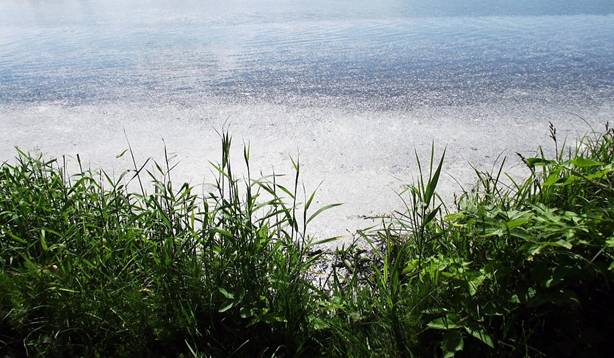
predators . These are insects, plant seeds, worms or larvae washed from the shore by a wave. For this reason, biting off the leeward shore is always better. Good
perch ,
asp or
pike fishingon a spinner and a spinner in a wave. However, fluff, pollen, leaves, and other debris on the water surface, nailed to the shore by a wave, make fishing difficult.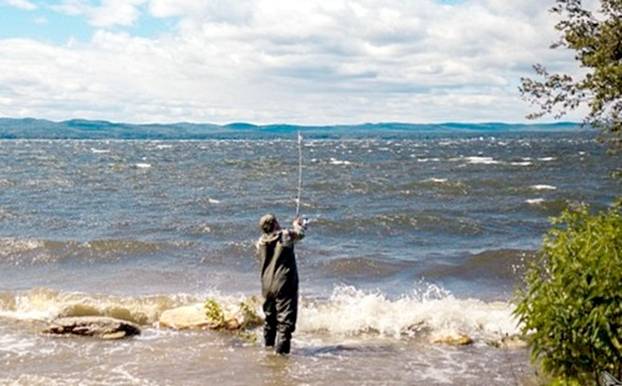
. On the border strip of muddy and transparent water, crucian carp and
bream bite quite well
on a float rod .
Which wind direction does the fish bite best?
The warm front has a low blood pressure, so the cold layers move towards it. This forms the direction of the wind. What it will be on the day of fishing is not indifferent to fishermen, because it affects the bite.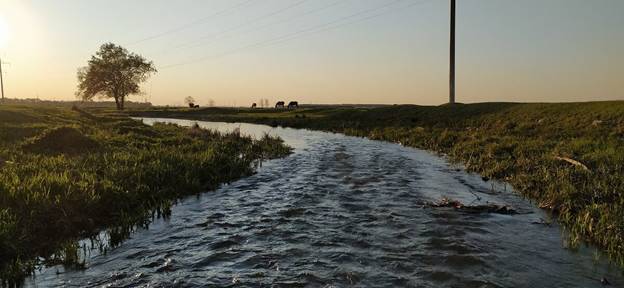
chub , ide,
dace ,
asp ,
bleak, as they feed on insects, caterpillars, larvae blown off the coastal vegetation. At such times, experienced anglers re-equip the tackle. It becomes possible to fish with a fishing rod even without a sinker at a depth of 15 – 30 cm. The best fishing spot is coastal bushes.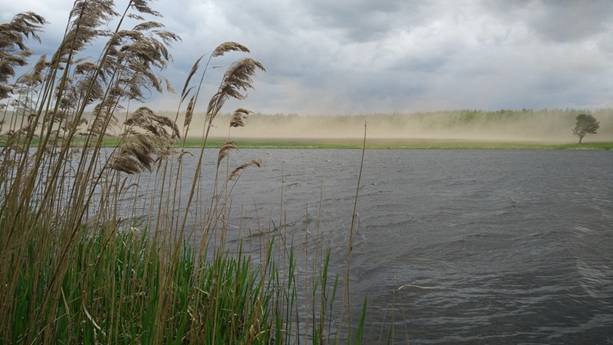
When the water temperature in the upper layers drops, even predators go hunting.
Important! At the moment of a change in the direction of the wind, the fish stops pecking. Stable weather: pressure, temperature and wind, regardless of direction, restore her appetite.
Wind is a harbinger of anticyclones and cyclones, which determines the weather factor. He blew from the east side – a change is coming. The transition to the northeastern and northern directions is carried by a cold front, a cyclone is approaching – the fish “strains”. True, crucian carp,
tench , perch peck for some time even after the change of wind.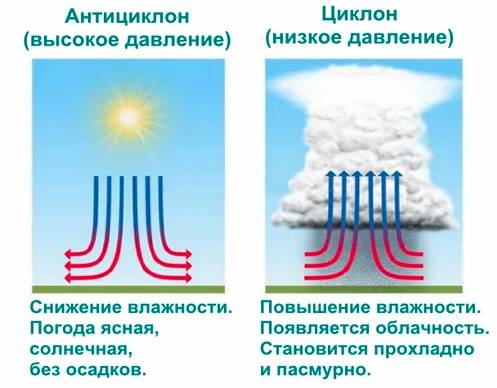
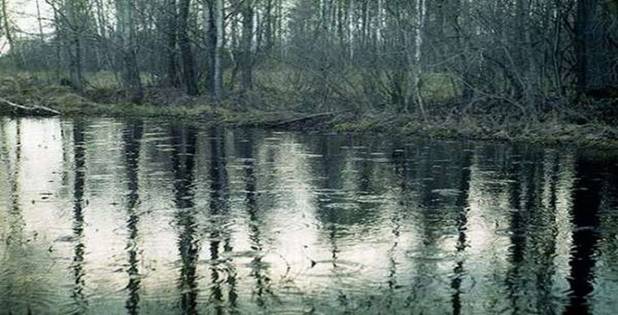
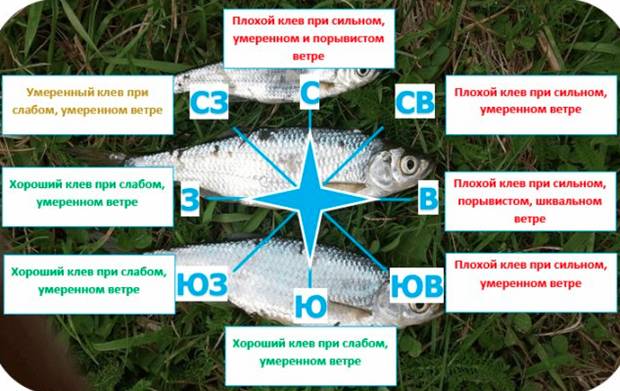
How does the wind affect water temperature and fish bite?
Freshwater fish are divided into thermophilic (
crucian carp ,
tench ,
carp ,
grass carp ), versatile (
perch ,
pike perch , ruff), preferring cold water (
pike ,
trout ,
burbot , omul, grayling). The temperature of the water has a significant effect on their behavior, and the wind takes an active part in its regulation, mixing layers, cooling or warming the air.
Important! Not all fish react to the wind in the same way. Cold streams negatively affect the biting of heat-loving species, and some predators are activated at this time.
Fish have a certain range of body temperature, a decrease in which causes them discomfort, up to suspended animation. The increase has a destructive effect on the cells of the body and it falls into a daze, if it does not cool down in time, it will die. With sudden changes, she experiences a shock, not having time to adapt. Each species has its own meanings. Based on the temperature regime, the fish bite is calculated in relation to the air temperature, time of day and weather conditions.
Conclusion! The wind directly participates in the life of fish, saturating the water with oxygen and adjusting the temperature, activates not only appetite, but also life.
Relationship between wind, atmospheric pressure and fish appetite
The movement of air flows is directly related to changes in blood pressure. As a result of the drops, significant changes occur in nature, including changes in the oxygen level and the hydrostatic pressure of the water. The orientation and feeding behavior of fish depends on these indicators. The anticyclone is accompanied by an increased atmospheric pressure, the cyclone carries its lowering. If a constant wind is blowing, no matter what direction and strength, BP is stable. The fish has time to adapt to these conditions and bite actively. Any changes in the wind are accompanied by pressure drops and the absence of bites.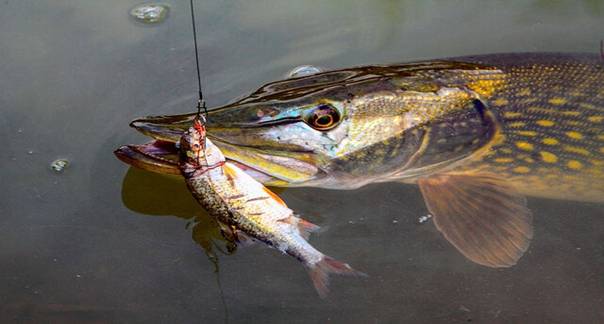
What kind of wind does the fish bite well in summer – and why such dependence?
Waves arising from the wind form a surface current on stagnant bodies of water. It moves the water mass to the leeward shore, carrying additional food for surface fish. The maximum saturation of water with oxygen is also found here. With strong wind currents in this zone, even the water level increases. The waves rolling back form the lower current, which carries the invertebrates washed from the shore along the bottom, delighting the bottom fish.
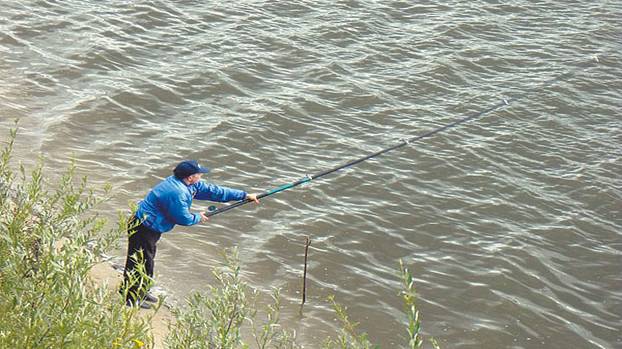

maggot , or another larva from a given river. In what wind does the fish bite badly, and in what wind it is good: https://youtu.be/LRU03jR-4wI
How does the wind affect the bite in autumn
At the beginning of autumn, the fish actively bite, feel a cold snap, the approach of winter, so it tries to feed itself for the future. A comfortable fishing period begins for the angler. There is no heat and blood-sucking insects. During this period, the direction of the wind is not so important, the main thing is that there are no squally gusts. A good appetite was noticed in the westerly direction, even moderate streams from the east will not spoil the experience.

feeder gear . Donka without a feeder is an option for late autumn, when the fish does not react well to
bait .
How does the wind affect the catch in spring – under what direction and strength does success come?
The most favorable time is when the wind has no particular effect on the bite. The seasonal transition is not taken into account, when sharp drops in blood pressure, blizzards, giving way to short-term thaws. Here not only fish, even fishermen prefer to sit out at home. From the end of March, southern directions predominate, with:
- the air temperature rises;
- atmospheric pressure increases;
- the ice crust disintegrates, especially along the coastline;
- there is an active melting of snow;
- the turbidity of the water near the coast is increasing.
The flood brings abundant food for the fish into the reservoirs. Air currents help oxygenate the water. All types of fish, starving over the winter, rise to the surface, grab everything. In the spring, many of them prepare for spawning, so the food intake increases. Successful fishing awaits on the coastal shallows.
Important! Spring ice is very fragile. Do not risk your health and life by going to it in the wrong place.
Which wind is optimal for fishing in winter


burbot . True, in winter it spawns, perhaps fishing will be prohibited in some regions.
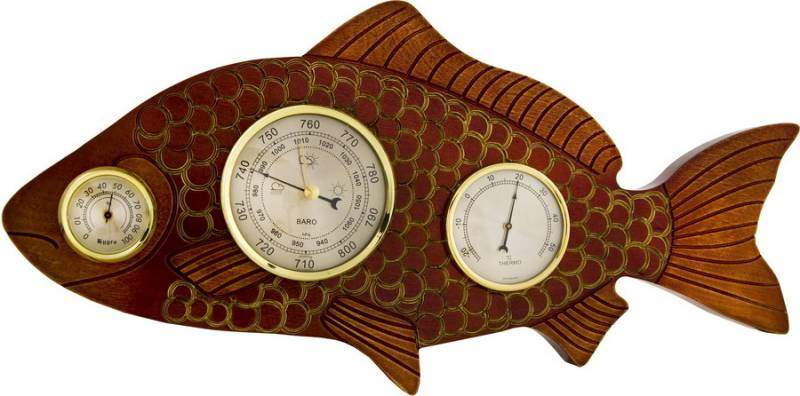
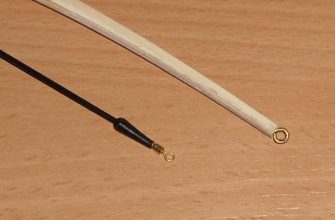

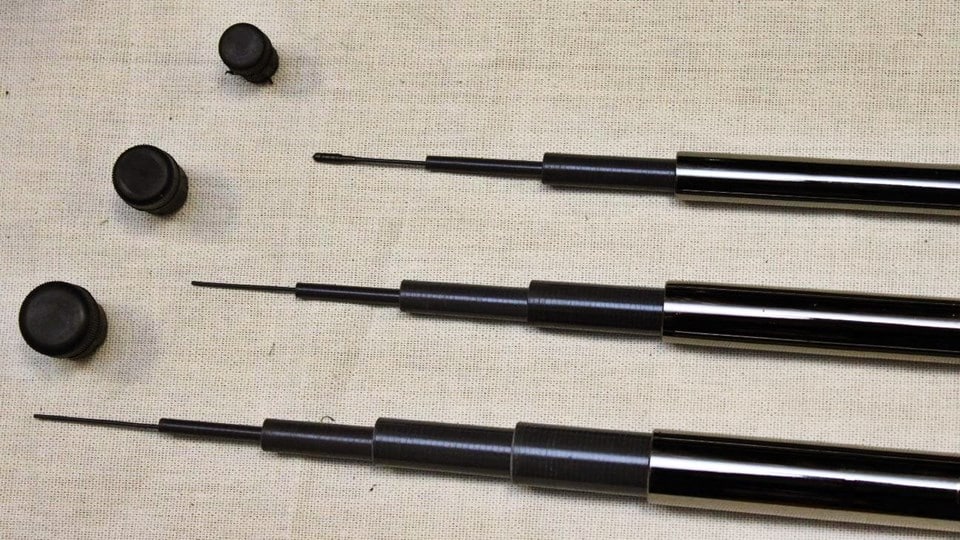
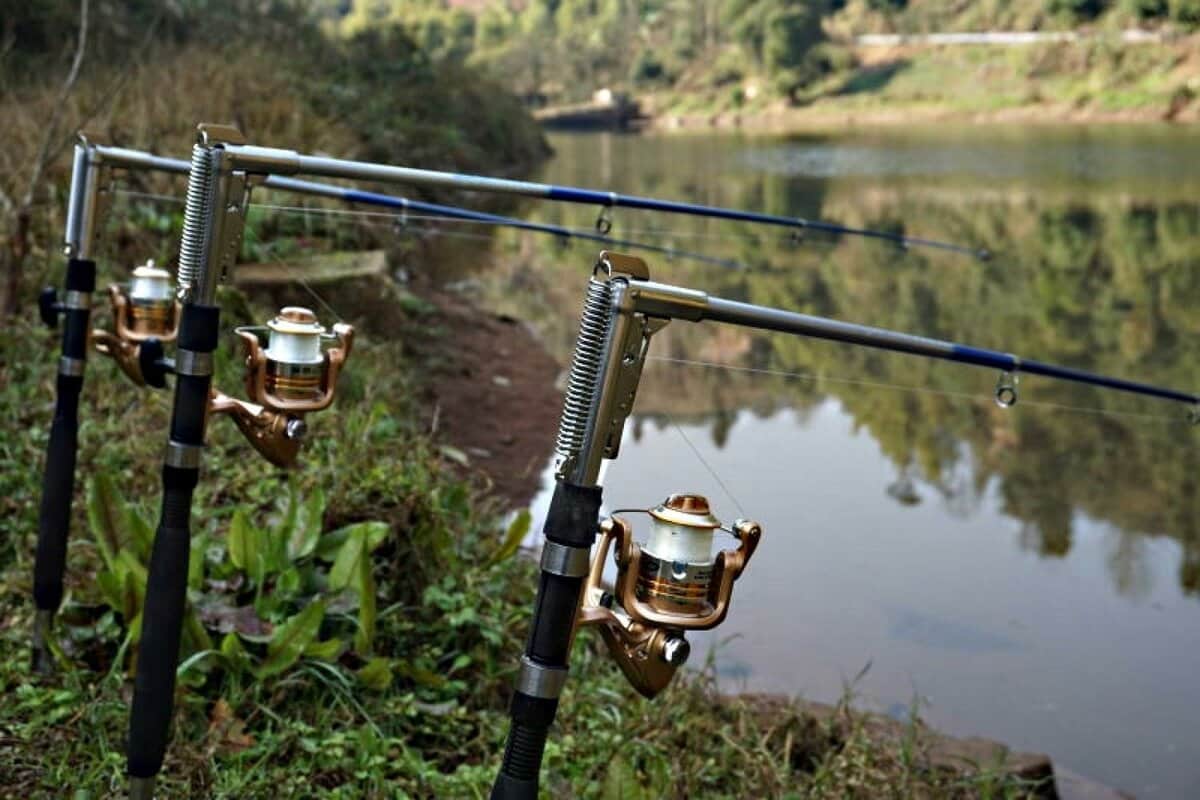
надпись под картинкой, в разделе -как влияет ветер на клев рыбы осенью, ветер не может быть восточно-западным- это ошибка.